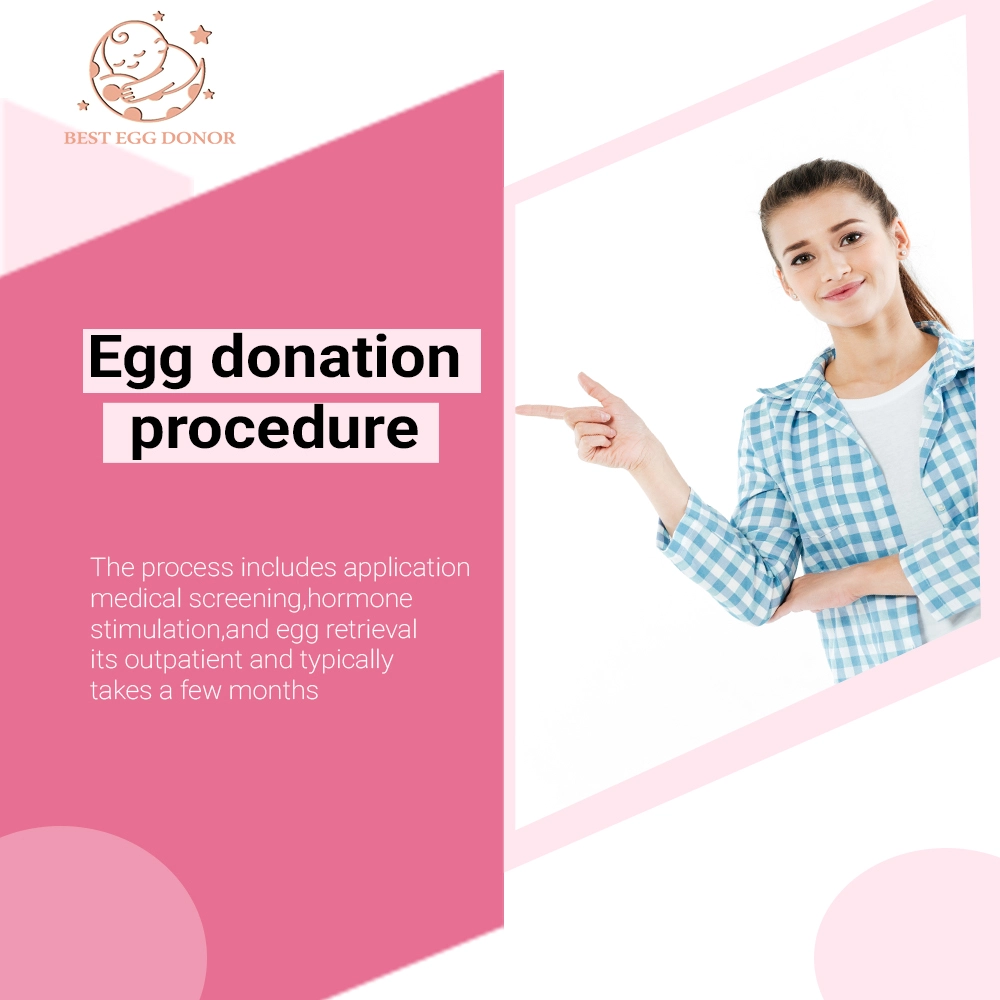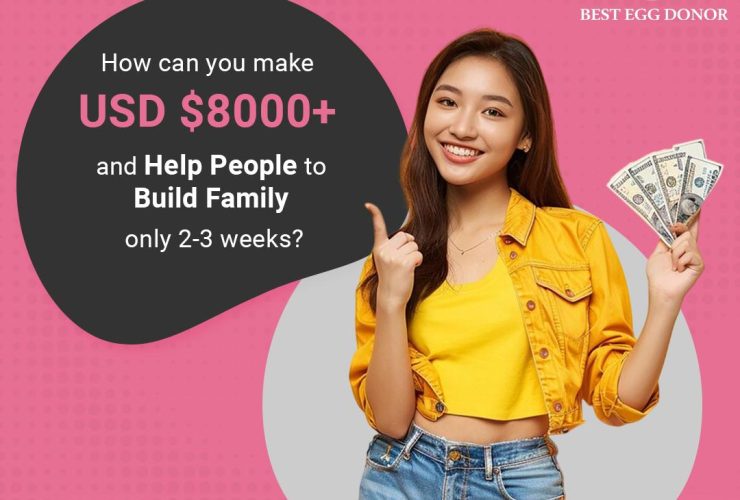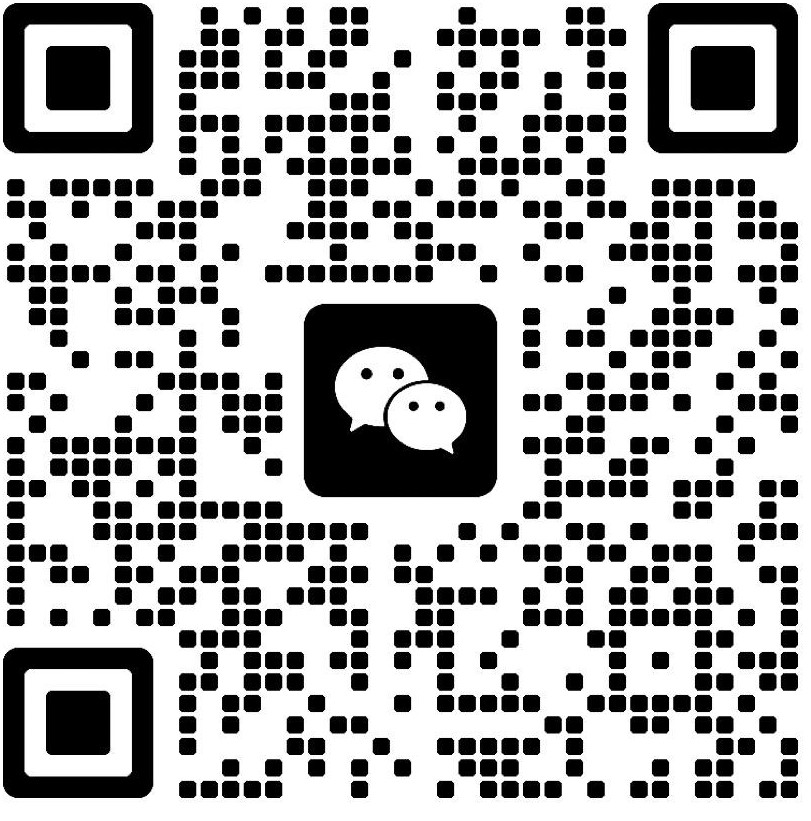In the evolving landscape of assisted reproduction, the egg donation procedure has become indispensable for patients with untreatable infertility. Yet its multidisciplinary nature—melding endocrinology, embryology, psychology, and law—requires fertility specialists to master both technical precision and human nuance. This evidence-based roadmap dissects every phase of the oocyte donation process, equipping your clinic to optimize outcomes while navigating ethical complexities.
The Rising Clinical Demand for Donor Eggs
The oocyte donation process addresses infertility scenarios where traditional IVF fails, particularly:
- Premature Ovarian Insufficiency (POI): Affecting 1% of women under 40
- Age-Related Decline: Live birth rates plummet to <5% for women over 44 using autologous eggs
- Genetic Carriers: Avoiding transmission of conditions like BRCA1 or mitochondrial disorders
Case in Point: Dr. Arjun Mehta’s clinic reduced cycle cancellations by 30% after implementing a synchronized calendar system—proving that logistical precision impacts clinical outcomes.
A 360-Degree View of the Egg Donation Procedure
Phase 1: Donor Vetting – Beyond Lab Values
Using 5-tier screening protocol uncovers what basic tests miss:
Medical Deep Dive
- Dynamic AMH + AFC tracking (not single-point assessment)
- Thrombophilia panels for recurrent implantation failure (RIF) candidates
- Ovarian stimulation response history (critical for predicting OHSS risk)
Psychological Holistics
- Post-donation support planning (20% of donors report transient anxiety)
- Family impact assessments (e.g., how donation affects donor’s children)
Lifestyle Realities
- Travel frequency, nicotine exposure (including second hand), high-risk hobbies
Clinic Hack: Replace checkbox forms with conversational assessments. One program director discovered a donor’s undisclosed steroid use through open-ended questions about gym routines.
Phase 2: Synchronization – The Art of Biological Alignment
Donor Protocols
- Stimulation Nuances: Antagonist vs. agonist protocols tailored to AMH levels
- Monitoring Pitfalls: Overlooked factors like weekend monitoring gaps causing 12% of cycle disruptions
Recipient Protocols
- Endometrial prep variations: Oral vs. transdermal estrogen’s impact on implantation rates
- The “Goldilocks Window”: Why 8–12mm endometrial thickness isn’t enough—triple-layer pattern matters more
Think Like an Air Traffic Controller: Coordinating donor trigger shots, recipient progesterone starts, and lab readiness requires military precision. A 4-hour misalignment can slash success rates.
Phase 3: Retrieval – Core of the Ovum Donation Procedure
Advanced Pain Management
- Pre-op: Gabapentin for anxious donors reduces propofol requirements
- Intra-op: Modified lithotomy positioning prevents femoral nerve pressure
- Post-op: “Cramp kits” with heat pads + NSAIDs cut ER visits by 40%
Lab Critical Moments
- Oocyte maturity grading: Why >80% MII eggs is the clinical benchmark
- The 120-second rule: Vitrification must start within two minutes of follicular fluid aspiration
Phase 4: The Transfer Tightrope
Recipient Optimization
- Mock transfers for difficult uteruses (avoid “blind” catheter placements)
- Personalized luteal support: Intramuscular vs. vaginal progesterone debates settled
Embryo Selection Evolution
- Beyond morphology: Mitochondrial scoring and AI-based fragmentation analysis
Getting the Timing Just Right: Syncing Donors and Recipients
Getting the egg donation procedure to work smoothly is like coordinating a careful dance between two people. The heart of this process—what we call the oocyte donation process—requires perfect timing between the donor’s egg development and the recipient’s uterus readiness.
Here’s what that looks like in practice:
- For the egg donor: She takes daily hormone injections for 10–12 days to help her ovaries produce multiple eggs. We monitor her closely with ultrasounds and blood tests. Missing even one appointment can throw off the whole timeline.
- For the recipient: While the donor is stimulating, the recipient uses estrogen patches or pills to prepare her uterine lining. We aim for that lining to be thick and healthy – like soft soil ready for a seed.
The critical moment:
Exactly 5 days before the embryo transfer, the recipient starts progesterone. If this timing is off by more than a few hours, success rates drop significantly.
This careful coordination makes the ovum donation procedure work. When both sides sync perfectly, we see the best outcomes for everyone involved.
Groundbreaking Innovations
- Stem Cell-Derived Gametes: Experimental maturation of donor oocytes from iPSCs
- AI OHSS Predictors: Algorithmic analysis of estradiol curves + follicular counts
- Non-Invasive Embryo Testing: Analyzing spent culture media instead of trophectoderm biopsy
Frequently Asked Question’s
1. How much do female’s eggs sell for?
Reframe the narrative: “Donors receive compensation recognizing their 80+ hours of commitment—medical appointments, injections, and recovery. While $5,000–$15,000 is standard, California programs often pay more due to higher living costs. Importantly, this isn’t a sale; it’s reimbursement for dedication.”
2. Is egg retrieval painful?
“Most donors describe it as less discomfort than wisdom tooth removal. You’ll sleep through the 20-minute procedure. Afterwards, expect 1–2 days of cramps managed with Tylenol. Only 3% experience moderate pain—usually linked to high egg yield (>25 eggs). Our clinics provide 24/7 pain hotlines for reassurance.
3. Can you choose gender with IVF?
“Medically, we only test embryos for severe sex-linked disorders like hemophilia or Duchenne muscular dystrophy. Social gender selection is illegal in 30+ countries and ethically contested. Some U.S. clinics permit it for family balancing after having 3+ children of one gender, but require intensive counseling.”
Conclusion
Mastering the egg donation procedure now means preparing for tomorrow’s shifts: gene-edited donor eggs, artificial ovaries, and global donor databases. By championing donor advocacy, recipient transparency, and lab innovation, your practice won’t just participate in this field—you’ll lead it. For continuously updated clinical guidelines, leverage Best Egg Donor’s provider portal.





